Where Gandini’s Spirit Meets Supercapacitor Sorcery and Piëch’s Ghost Signs the Blueprint in Lightning
Let’s say you’re Lamborghini. You’ve built bulls for over half a century — V12s that roar like a volcanic god clearing its throat, shapes that look like they were sliced from stealth bombers, and names that sound like gladiators having a punch-up in a cathedral. Then one day, someone from Volkswagen knocks politely and says, “Right then, time for hybrids.” Most manufacturers would whimper and comply with a battery pack and some silent eco-mode.

Lamborghini, however, poured a Negroni, lit a cigar with a €500 bill, and gave us the Sián FKP 37 — a car that makes hybridization look like a blood sport.
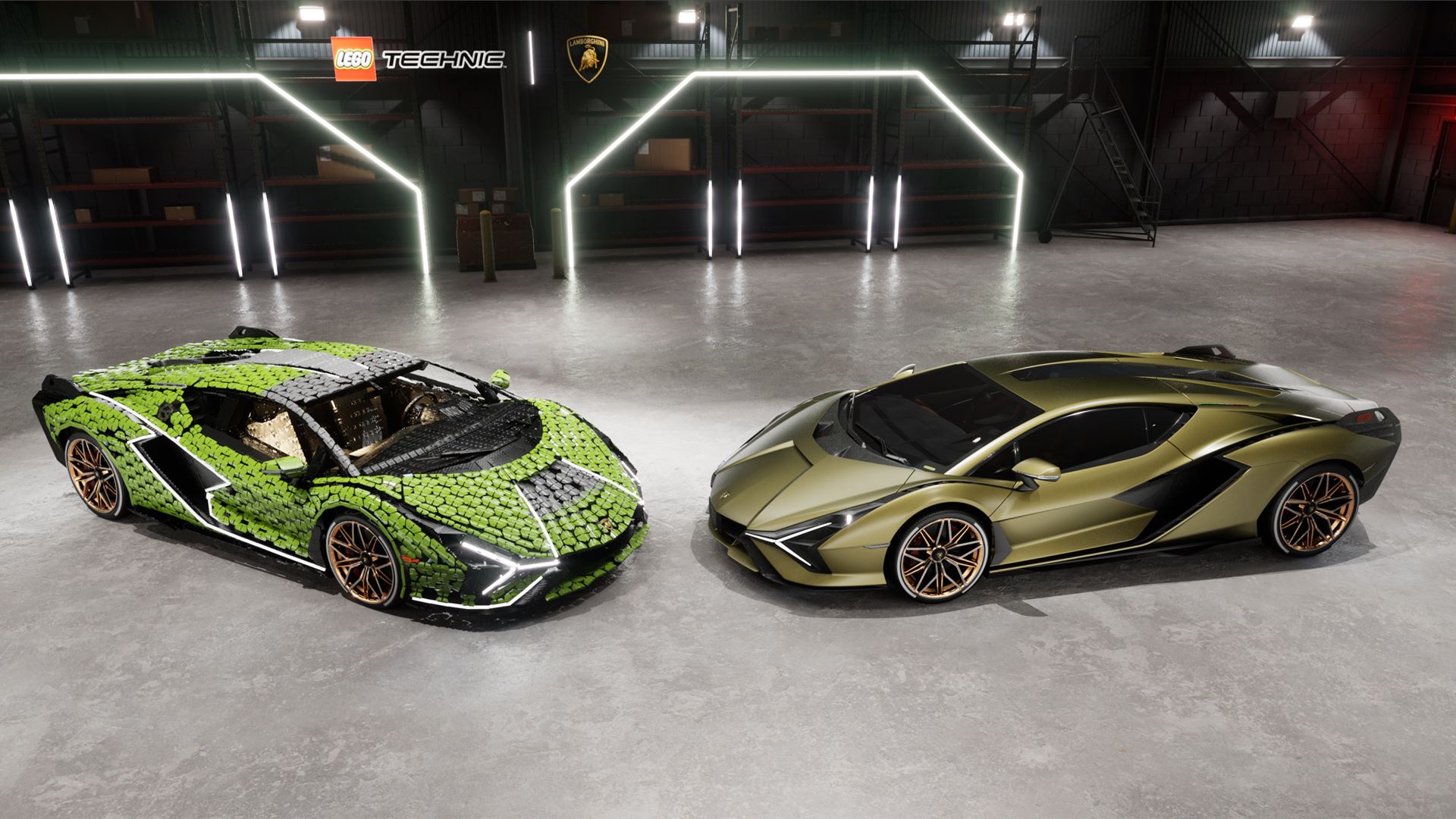
At the helm of this madness was Mitja Borkert, the German-born Head of Design at Lamborghini. Now, Borkert is no stranger to audacity. He didn’t come to Sant’Agata to design appliances. This is the man who, after taking over from Filippo Perini, gave the Huracán a meaner snarl and the Aventador a sharper suit. But with the Sián, he channelled something different: the ghost of Marcello Gandini, the man behind the Miura, the Countach, and the Diablo — the holy trinity of Italian wedge-shaped lunacy.
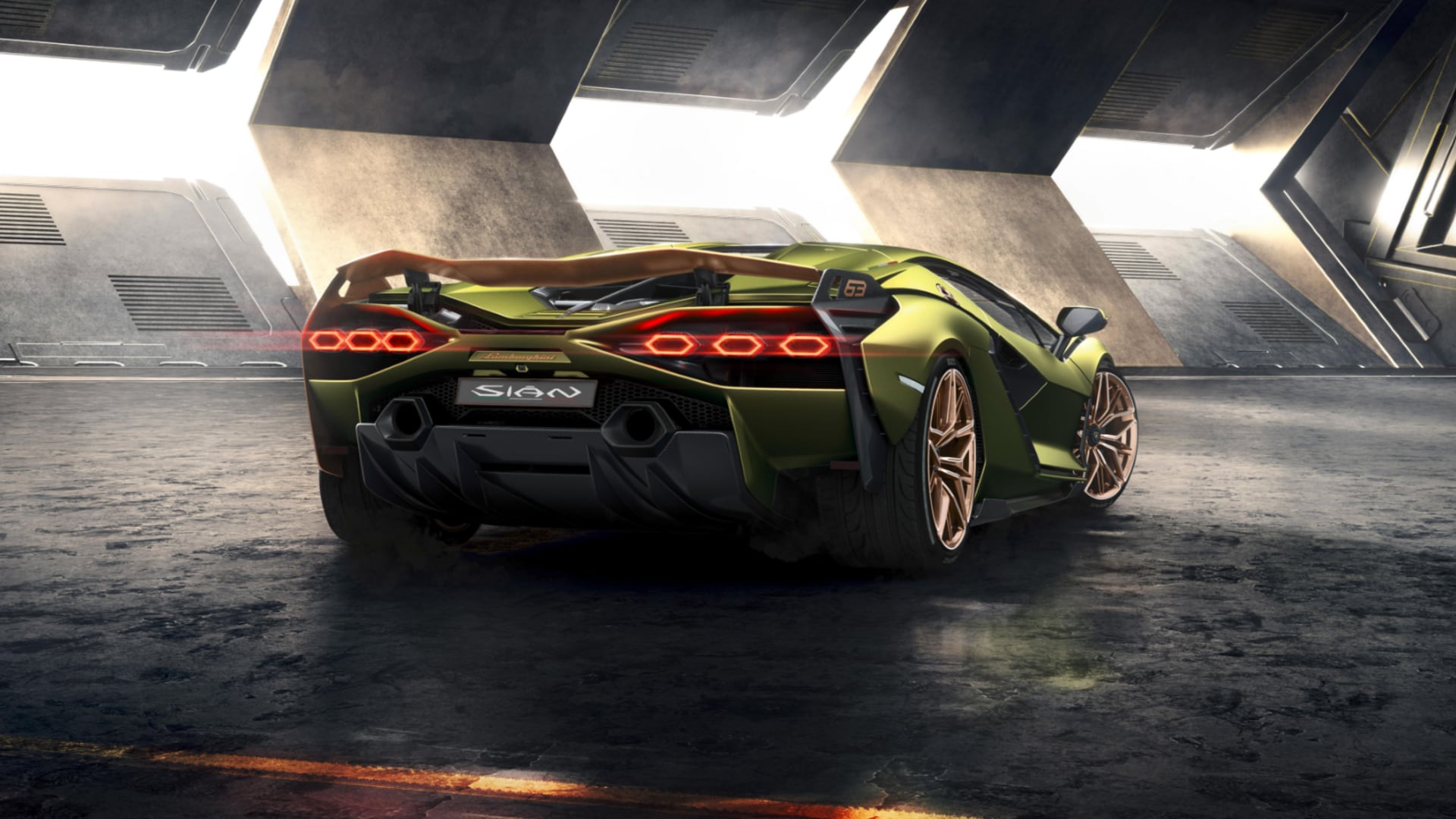
And it shows. The Sián is a rolling tribute to Gandini’s scissor-doored dreamworld. Its silhouette is pure future-retro, like a Countach drawn in neon. The periscopio-style roof channel, the six hexagonal taillights, the Y-shaped LED lashes, and those active aero vanes that unfurl with heat like mechanical orchids — it’s all exquisitely, absurdly Lamborghini.
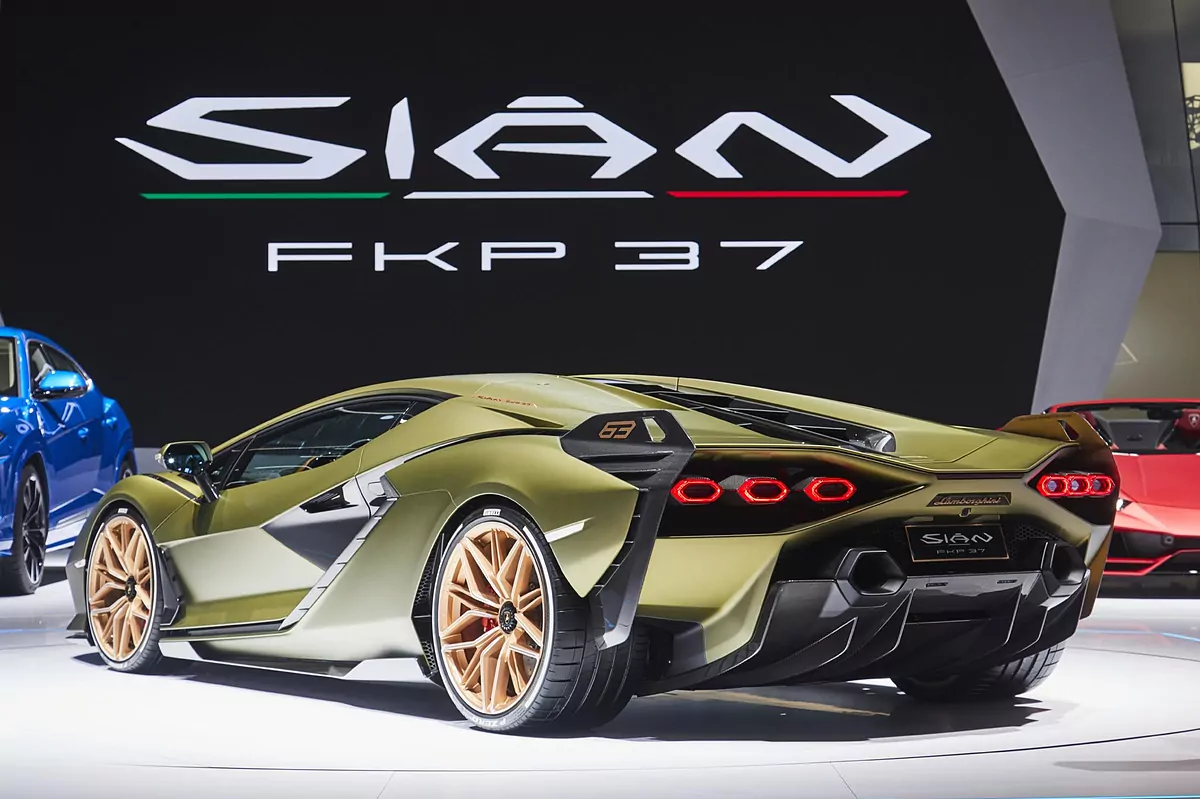
But this isn’t just a sculpture for billionaires to park next to their Gulfstreams. Underneath that carbon-fiber carnival mask is a heart so furious it borders on the poetic. The Sián takes the Aventador SVJ’s 6.5-litre naturally aspirated V12 — already the most operatic engine since Verdi — and bolts on a 48-volt electric motor for instant torque and the sort of acceleration that makes your brain briefly question whether it’s still attached to your face.

But here’s where things go full Marvel superhero: instead of a traditional lithium-ion battery, Lamborghini gave it a supercapacitor — a piece of wizardry three times more power-dense and far lighter. The result? A 34-horsepower electric punch added to the already unhinged 785 from the V12, giving a combined 819 horsepower. That’s enough to hurl this carbon-fiber projectile from 0 to 100 km/h in 2.8 seconds — with all four tires clawing at the tarmac like a starving leopard on roller skates.

Inside? It’s less of a cabin and more of a cockpit from a fighter jet built by an eccentric Tuscan billionaire. Switches everywhere, carbon fiber and gold accents, and just enough room to remind you that comfort was never the point. The Sián is as much a theatre as it is a car.
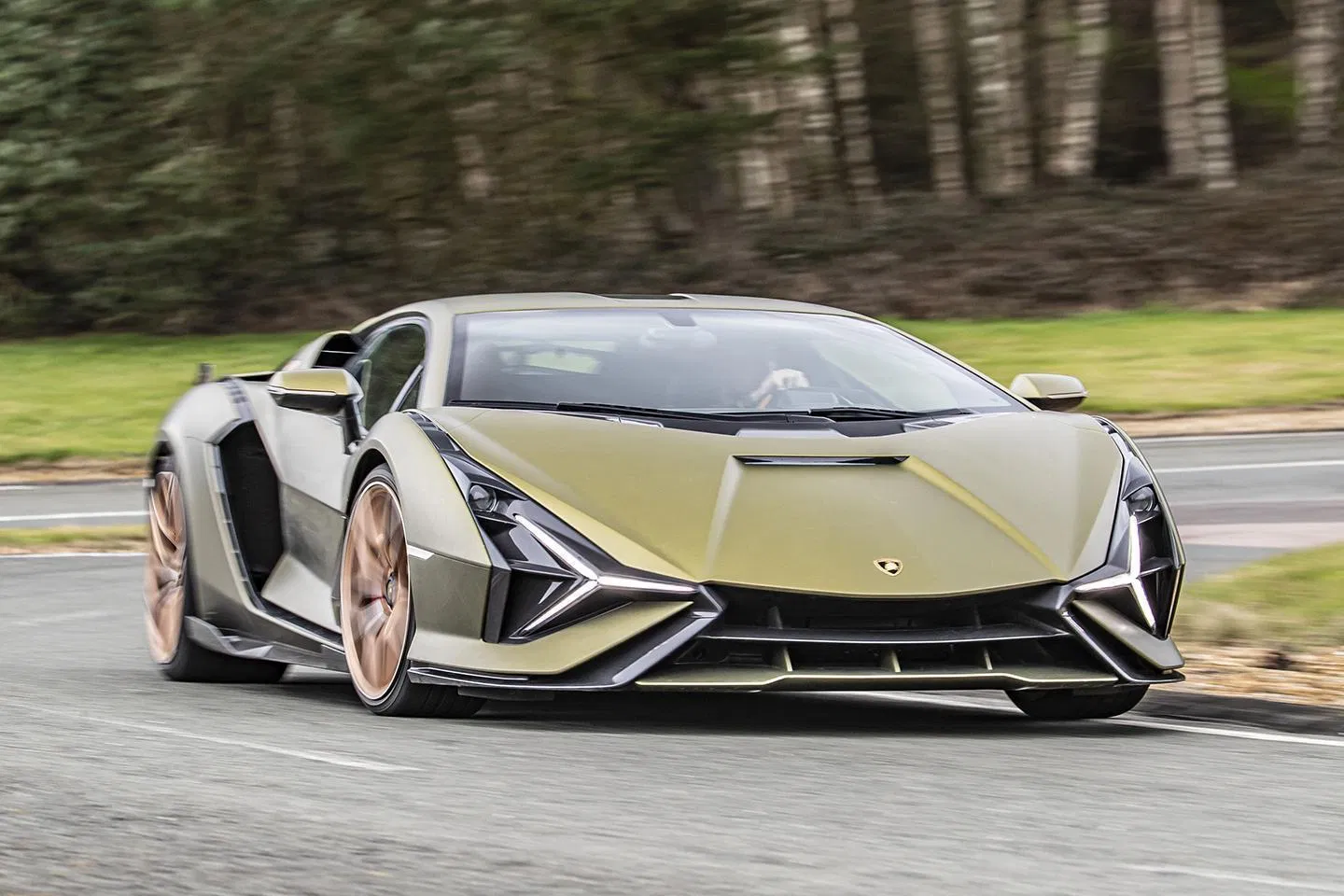
And yet, it’s not just about noise and nostrils. This car bears the initials FKP in honor of Ferdinand Karl Piëch, the late Volkswagen Group chairman and engineering sorcerer who believed in impossible cars. The man who greenlit the Bugatti Veyron. The one who whispered, “Let’s just build it anyway.”
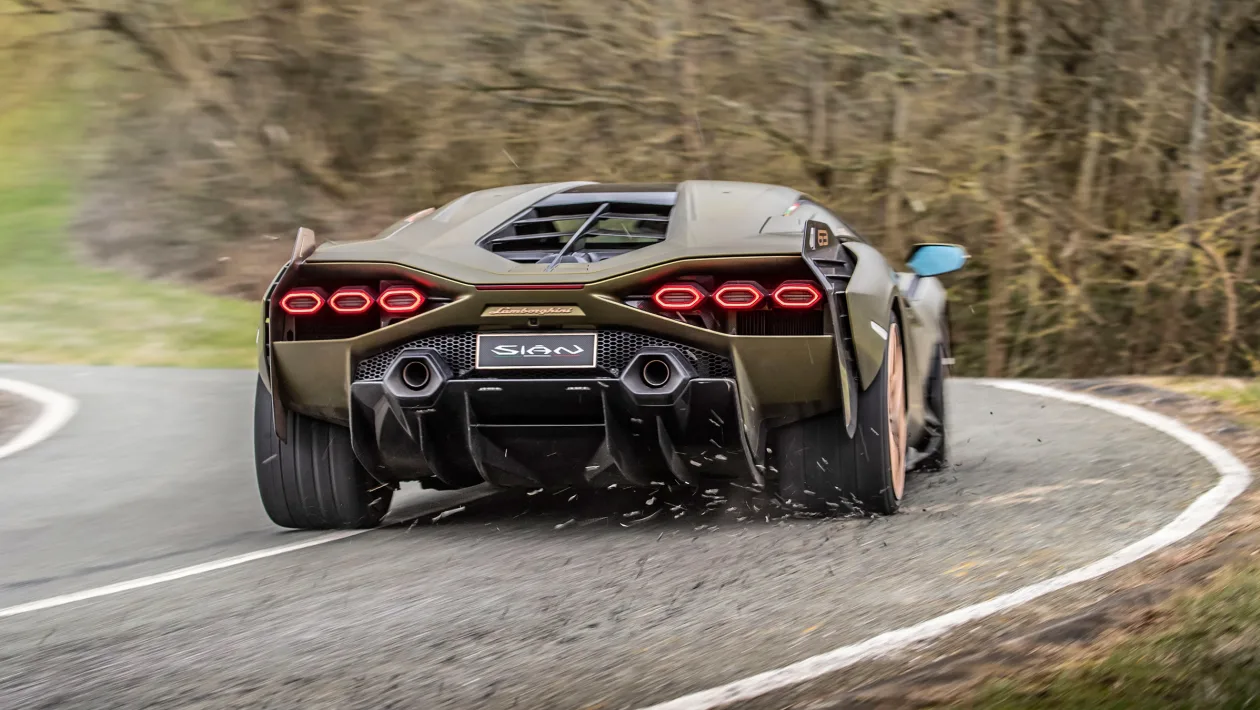
Only 63 coupes and 19 roadsters were made — a nod to Lamborghini’s founding year, 1963, and the year of Piëch’s birth, 1937. Each is a rolling monument to excess, history, and the refusal to be boring.

So yes, it’s a hybrid. But not the sort that tuts at you in traffic. This is the kind of hybrid that stalks Geneva shows in gold paint and stares down Ferraris like an apex predator wearing Versace. It’s a goodbye to the naturally aspirated V12, a love letter to the gods of combustion, and a sly wink toward the electrified future — written by engineers who drink espresso standing up and dream in carbon fiber.
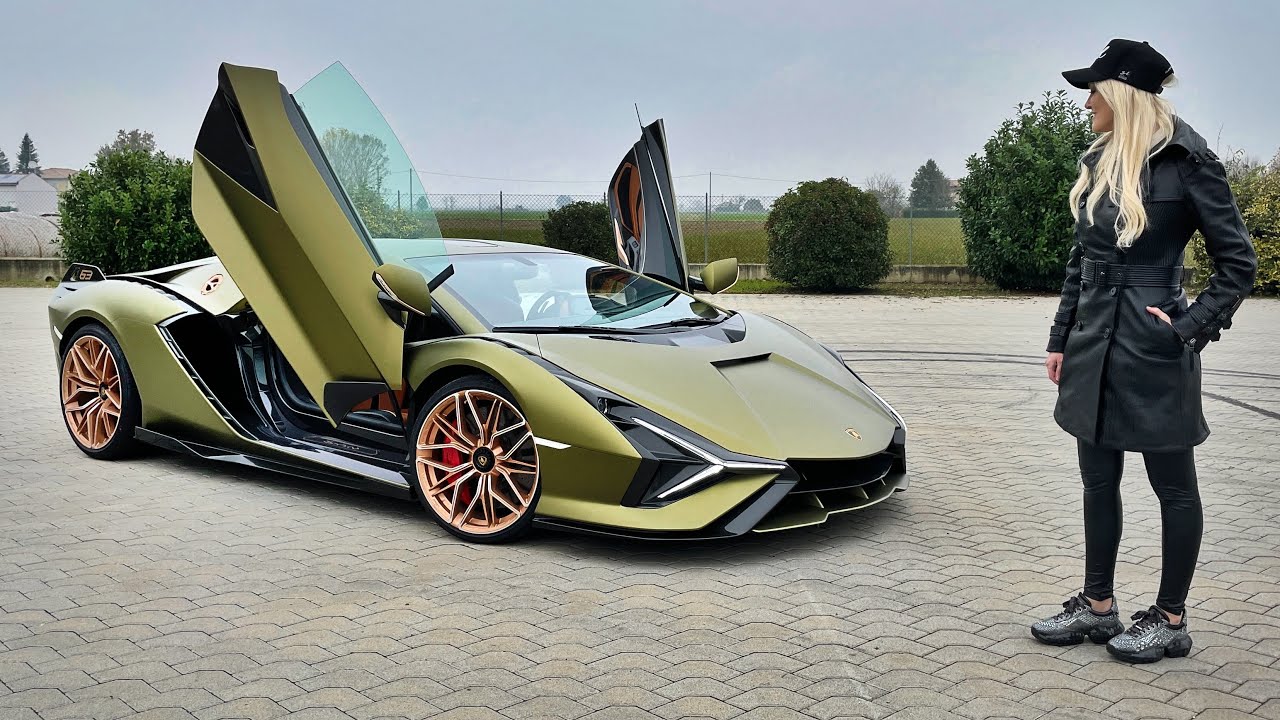
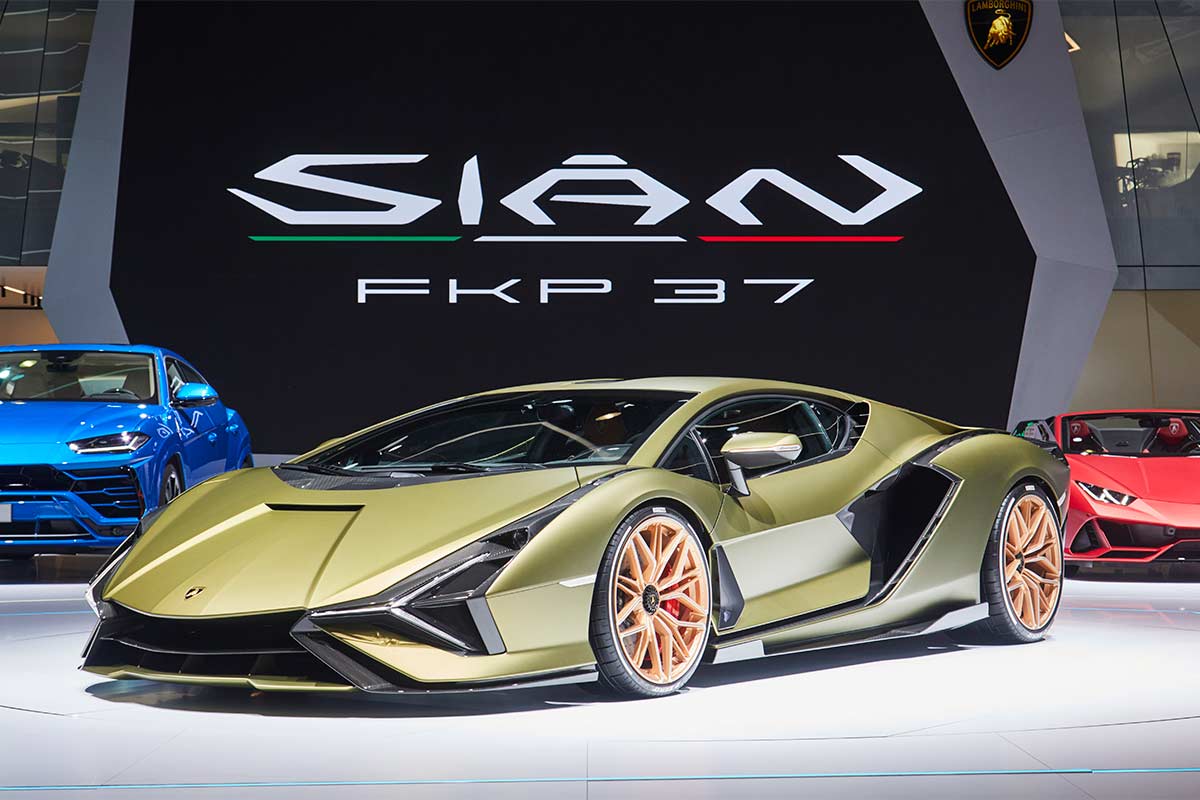
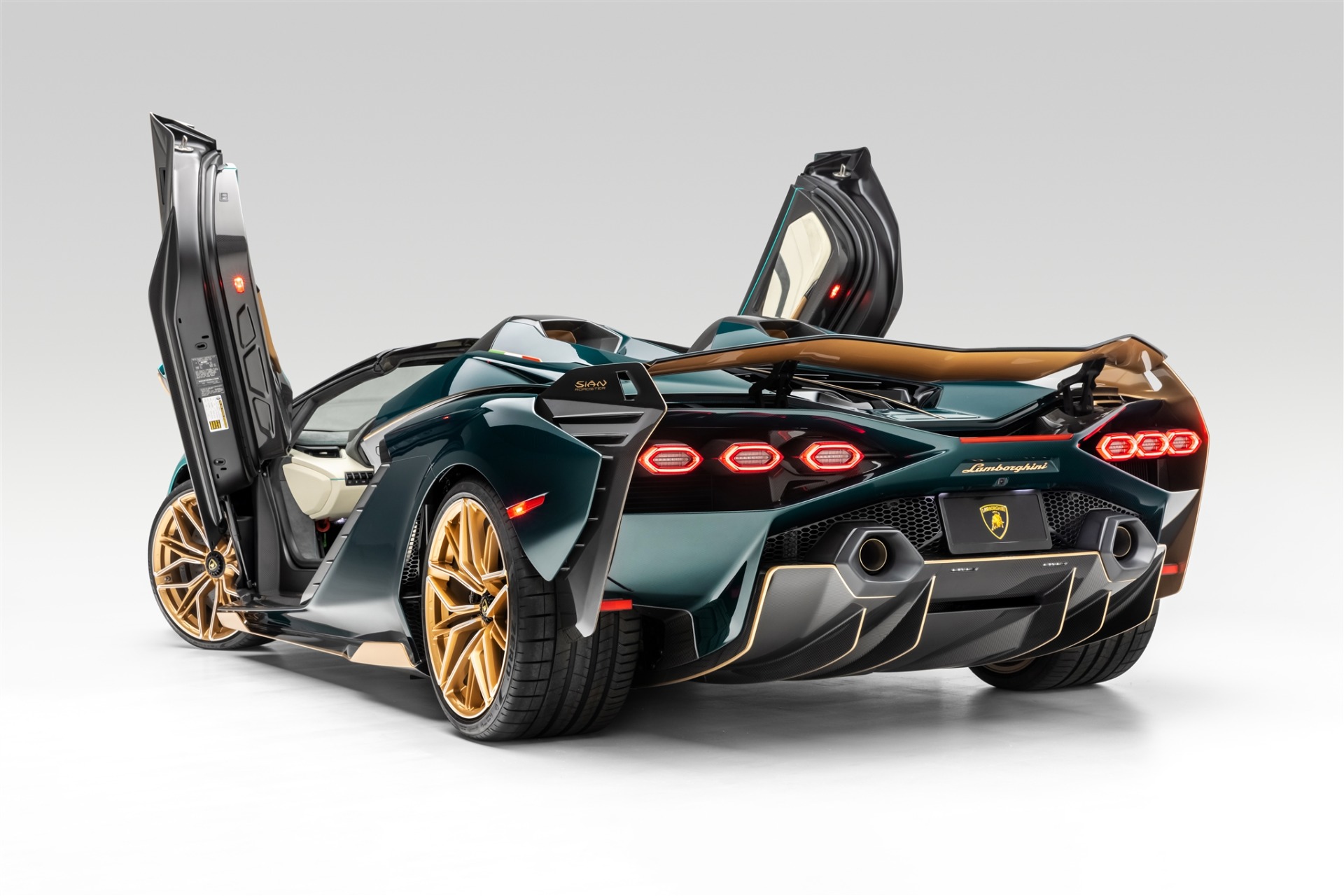
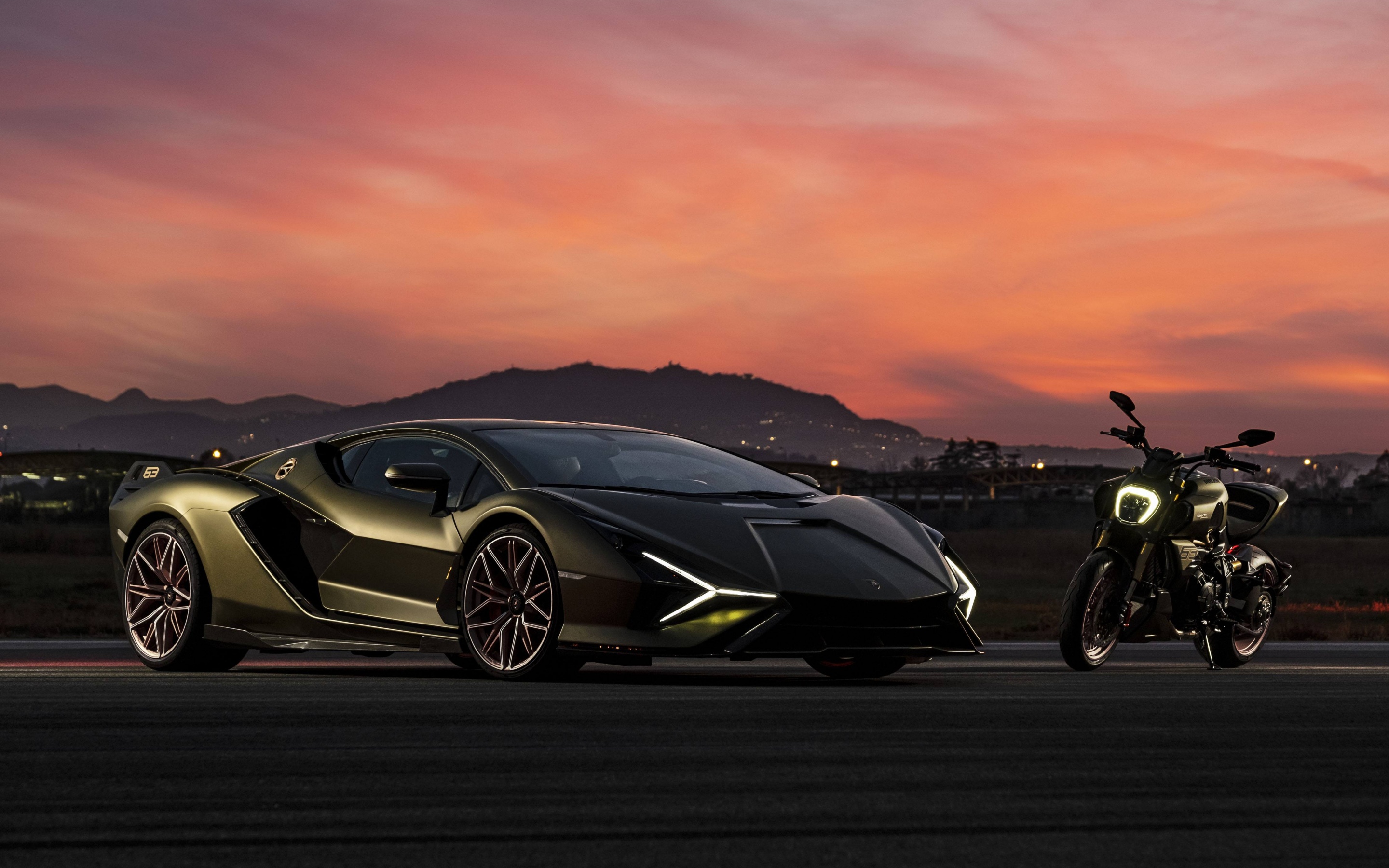
-